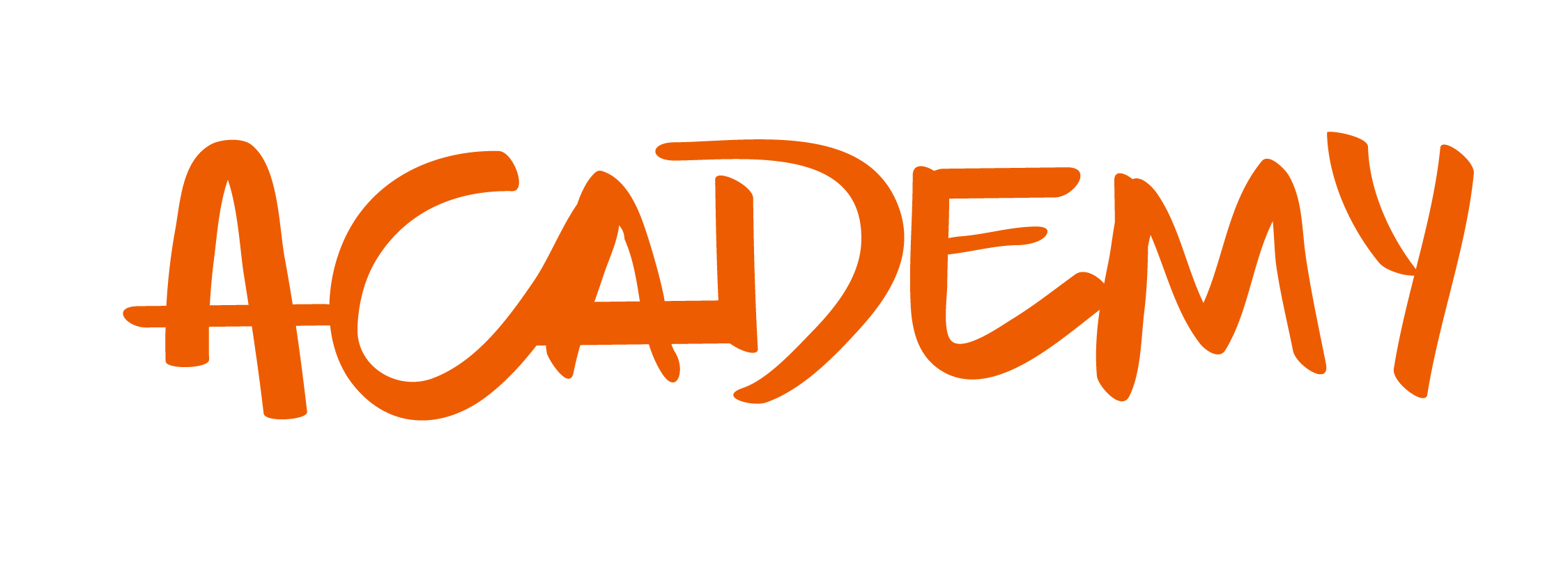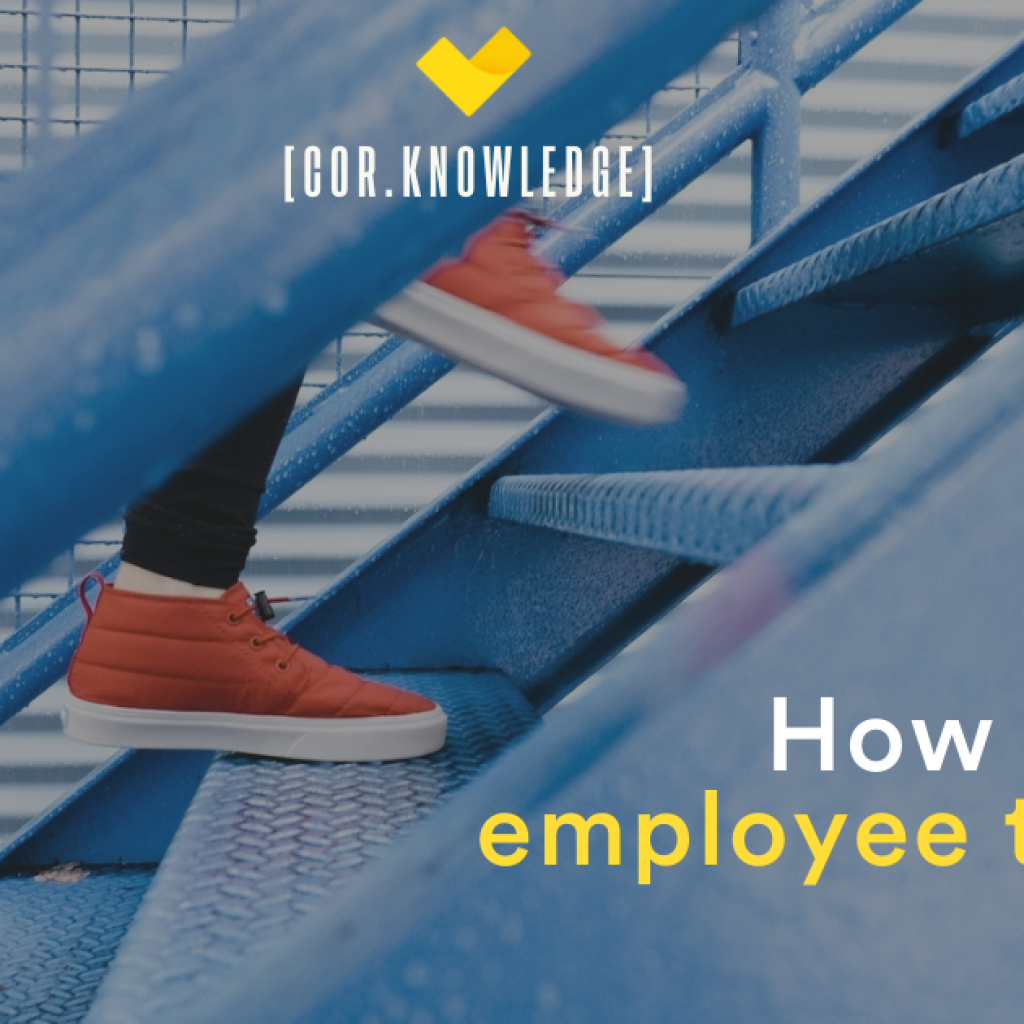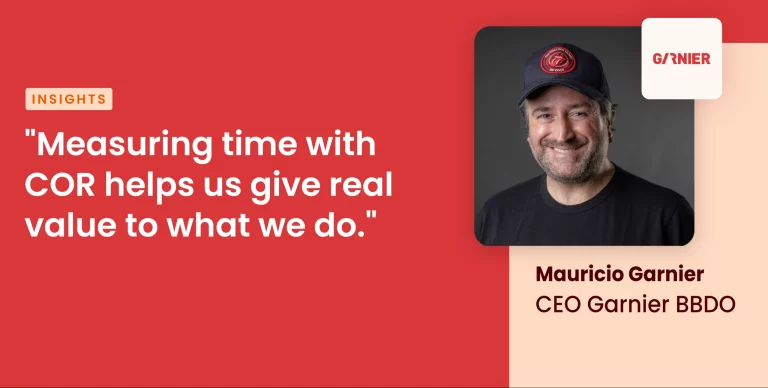A simple definition of employee turnover is the loss of top talent employees from the company workforce over time, normally one year. The attrition in most companies around the world is attributed to resignations as a result of employee overworking.
There are several reasons for attrition among them being defective employee retention strategies, minimal to no career advancement opportunities, and poor management by senior managers and supervisors.
Further, other reasons limiting employee retention are lack of job satisfaction, non-existing organizational fit, improper employee engagement, specialized talent acquisition, and lack of resources, support, and training necessary for the job execution.
Employee Turnover as a Problem to Company’s Profitability
A company’s profitability is bound to suffer a significant hit due to constant employee churn. Attrition bestows upon the company losses in terms of revenue due to expenditure on a severance package, hiring expenses, lost sales and productivity, and training labor cost. These activities lead to additional costs to the company resulting in loss of profits. Besides, the company’s return on investment gets lowered when inexperienced staff handle customers and low-quality products are availed to the market.
The cost of managing a one-time customer becomes high to the business as it eats into its profitability. The attrition resulting from poor performance management in form of a lack of paid attention to the employees lowers company effectiveness in production, leading to a loss of profitability. An employee’s experience within the company is vital to his or her performance and the business is bound to attain sustainability and efficiency by managing such an employee well to keep him or her around.
High employee churn leads to low employee morale, especially due to work overload and lack of training by the recruiters.
The new employees are not exempt from this anomaly as they become team members practicing the same culture found in place. This toxic environment results in difficulties attracting and keeping new clients reducing the company’s productivity leading to losses. Further, employee attrition results in deterioration in the quality of products and services delivered.
The new inexperienced and existing under trained employees are not armed with the knowledge to sustain standard company production and quality. The disruption brought about by this churn out leads to customer dissatisfaction and low product consumption resulting in low sales and loss of revenue.
Employee Turnover Statistics: Professional Services Industry
There has been a gleam reading of the statistical data on employee churn across several industries over the years. Between 2013 and 2019, the rate of employee attrition in the professional services industry worldwide grew exponentially. 2019 returned an average employee churn out rate of 13.2%, as compared to 8.3% in 2013, indicating an increase of 4.9%.
According to SHRM, the turnover rates in 2020 hovered around 13% for all industries, and the same rates are extremely higher in the service sector, returning an average of 30%. These rates are deemed to worsen with the retention crisis projected to intensify due to the millennials and raging talent wars. The job-hopping group known as millennials are faster forming the bigger workforce and are social media-oriented as it forms the basic part of marketing like LinkedIn, Facebook, Instagram, and Twitter.
As the talent wars rage and the millennials come on board with entitlements, companies must not lose track that replacing employees is extremely expensive.
Despite cost variance, recent studies show that the cost of hiring a replacement employee is 60% higher than the previous employee’s salary.
The figures get worse when looking at the average time taken to replace the employee as the total cost of replacing and training the new employee and lost production amounts to between 90% to 200% of an employee’s salary annually.
Studies show that above 50% of employees are busy job hunting even when inactive employment. The backfilling roles take up to 20% of the employer’s costs in salaries, recruiting, and onboarding the new employees. Companies using sophisticated technologies take an average of 36 days due to machine learning to complete the hiring process.
Overworking as One of the Main Causes of Employee Turnover
Overworking is the exhaustion of oneself due to excess work done for long periods with resultant reduced mental and physical health. The manifestations of overworking are insomnia, lack of energy, bad mood, weak immune system, imbalanced work, and social life, and gain or loss of weight. This aspect of work is critical to employee attrition as it affects both the employee and the company.
Overworking pushes an employee out to look for fairer working terms measured to one’s ability and within the stipulated timelines.
The human resource is crucial to a company’s success, and overworking it depicts a recipe for failure as everyone will move away. Some of the effects of overworking employees are clear signs of emaciation and poor health, poor performance at work, increased voluntary turnover, and an increase in odd hours of working and overtime. Further, an overworked employee lacks work-life balance, the ability to relax, has a constantly growing to-do list, and always has a feeling of never being able to catch up with the rest and his or her work.
The resultant effects of these employee retrogressions due to overworking on a company are decreased quality of work, lowered productivity, diminished company image, and low and poor employee morale.
The human resource department has an enormous role in ensuring that the overworking of employees is not practiced even though it seems to thrive in many companies across the world.
To put a stop to or prevent employee churn out due to overworking, a company must put in place and embrace certain strategies. First, proactive leadership practice has to be embraced and instituted through a common company culture to be followed by everyone.
An open communication and engagement system will allow you as an employer to detect burnout signs and receive proper unbiased feedback to avoid losing your employees as a result of overworking. Secondly, companies must encourage a healthy work-life balance by checking on all employees and their job descriptions. Some workers face burnouts due to duplication of roles and constant traveling that put them at flight risks, that if not checked, may lead to health complications and eventual departure of the employee.
Other strategies vital to stopping attrition due to overworking are offering perks and benefits that are morale boosters in instances of overworking as they come with rewards. Proper performance management through the utilization of employee productivity tools creates fairness. Preparation of work schedules, exercising and napping time, and socializing are also significant to retaining an employee.
To avoid overworking, employees must be given room to critically think about their roles at the company to stay on track, and a list of priorities should be shared on time for proper execution. Besides, the management should be empathetic with all its employees and encourage team members to be pillars of support to each other in instances of possible overworking. The proposition of pragmatic solutions to outstanding and sticky matters should be adopted to enhance every employee experience while still with the company.
How Artificial Intelligence Helps in Avoiding Employee Overload
The simplest definition there is to artificial intelligence is that it is a computer’s ability to perform tasks usually executed by humans as they require the use of human discernment and intelligence. AI technology has been adopted by many companies to avert and eliminate the seen increased employee work overload across many industries in the world.
These technologies are relevant to the company’s performance as they relay real-time results that help in distribution of work in a more intelligent way leading to avoidance of overload. AI technologies help in avoiding employee overload in various ways.
Through customized work scheduling, employees can attain a better work-life balance. The craving for autonomy by employees is granted by AI through a work schedule that gives room for personal time and development.
The algorithms (data or designs) employed at this point works to ensure that no employee gets engaged in one post for long and gets to grow in due time. The big data collected ensures that there is no employee overloaded or kept at one point for long that would necessitate moving out of the company by that employee.
The use of AI technology in hiring is significant to the company’s improved productivity. Leveraging these technologies helps in getting motivated, well-trained, and better candidates to join the company.
Apart from a better recruiter and CHRO experience, these machines lead to the formulation of smarter compensation plans, inference to real-time skills, and eventual employee career development. All these factors work uniformly towards an improved company performance leading to increased productivity. The prospect of overload is eliminated as the technologies through the use of predictive analytics help the company to plan for work for every employee without inconveniencing the worker and the company’s time going to waste.
AI technologies help businesses to redefine their cultures. The cultures are transformed based on the prediction of potential departures due to overload through the use of tools like COR, that helps in the automation of the time tracking of your team. It counts the interaction of each user with the platform and delivers a suggestion of hours spent on each task.
COR’s AI helps in abandoning intuition, delegates with precision, and relay real-time visibility of availability per team and per member.
As a Project Manager, you are able to know in real time the availability of your teams and their members through a dynamic Gantt Chart, where it is possible to assign or reassign tasks and move deadlines. Besides, all these actions allow you the liberty of distributing the work more efficiently and accurately while avoiding saturation of talent.
Other salient roles of the COR tools are the estimation of how much talent is needed to accomplish your next projects and enhances the making of business and recruitment decisions about your business’ productive capacity. In addition, the tools aid in meeting future projects demands, and having real-time visibility of your teams’ available work capacity. Through the many data points analysis provided by the COR tool, the HR teams can engage employees beforehand on potential overload that could lead to their departure.















